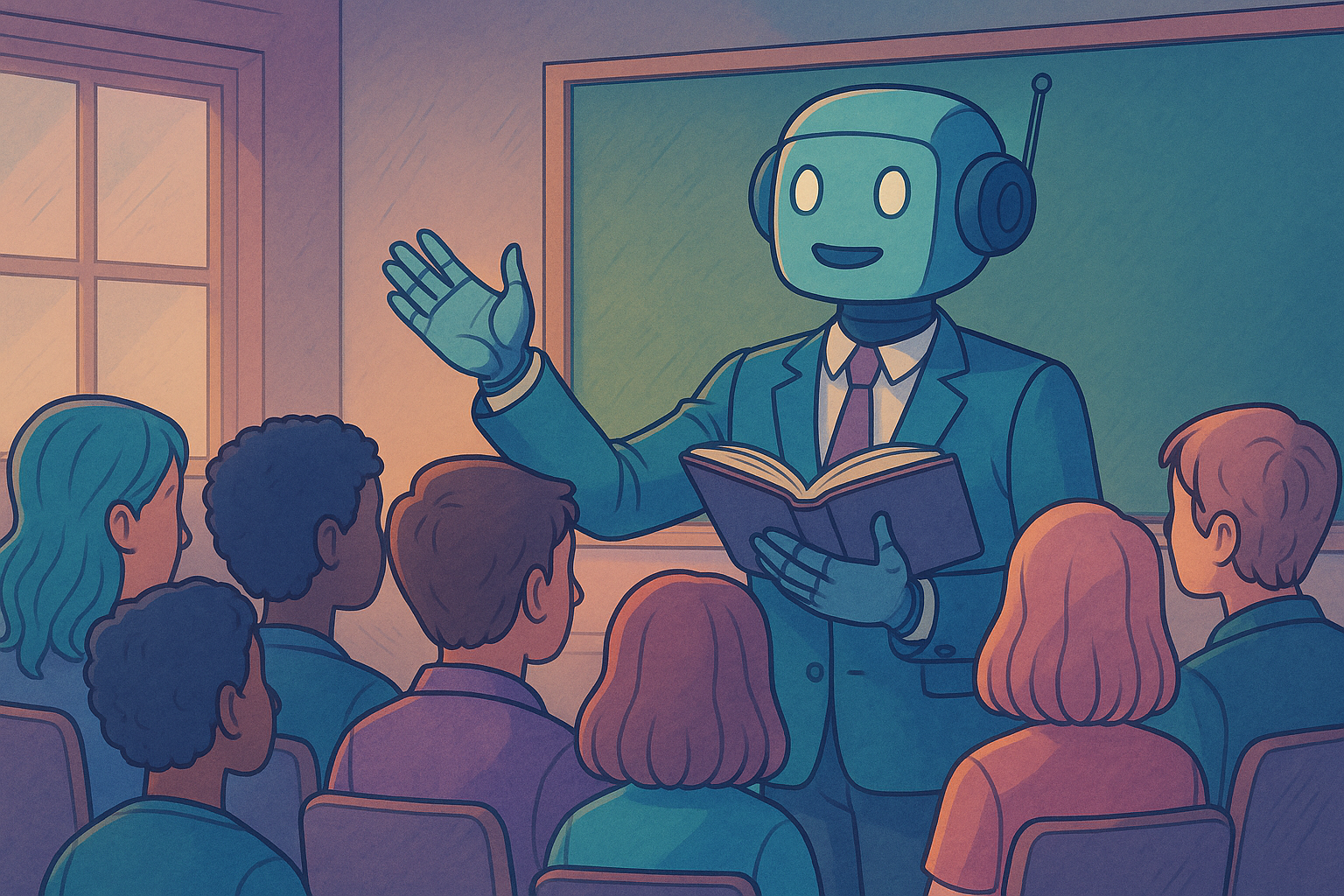What is the Toolformer Pattern?
A design approach for integrating autonomous tool use and decision-making within large language models.
More about Toolformer Pattern:
The Toolformer Pattern is a system design approach where LLMs are trained and prompted to autonomously select, invoke, and sequence external tools or APIs as part of their reasoning. This pattern enables advanced tool integration, agentic workflow, and multi-modal reasoning, supporting dynamic, real-world task automation.
Toolformer patterns are often used in LLM orchestration, plugin ecosystems, and advanced agent research.
Frequently Asked Questions
How does the Toolformer pattern improve LLM capabilities?
It lets models act autonomously with tools, extending reasoning, automation, and real-world impact.
What’s an example of the Toolformer pattern in practice?
A chatbot that autonomously queries APIs, does math, and synthesizes results to answer a complex customer query.
From the blog

Using AI to make learning personal and increase your online course sales
Incorporating AI into your courses allows you to create a personalized learning environment that adapts to each student's needs. This personal touch doesn't just improve the learning experience; it also makes your courses more attractive and can increase sales. Let's explore how AI can make online courses more personal and commercially successful.

Herman Schutte
Founder

ChatGPT 3.5 vs ChatGPT 4 for customer support
Now that the latest version of ChatGPT 4 has been released, users of SiteSpeakAI can use the latest model for their customer support automation. I've put ChatGPT 3.5 and ChatGPT 4 to the test with some customer support questions to see how they compare.

Herman Schutte
Founder